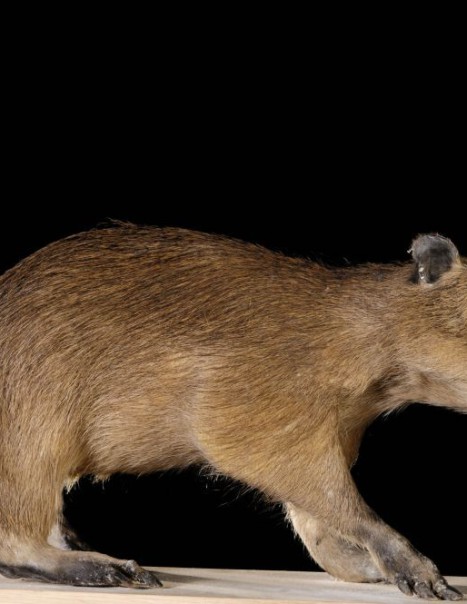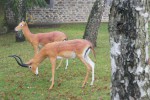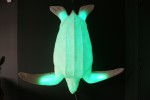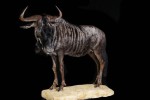Capybara – Hydrochoerus hydrochaeris
Capybara – Hydrochoerus hydrochaeris
The Capybara is a rodent species.
It lives in South America, where it leads the life of a social and semi-aquatic mammal.
Capybara swimming very well and lives in groups, adults organize to keep the young.
An adult capybara measures between 105 and 135 centimeters long and weighs 35 to 65 kg. It is the largest rodent in the world. It is covered with hard brown hair and has a wide muzzle. Its eyes are small and topped by a gland that is used to mark objects with secretions. Its ears are small and rounded. It has no tail. Its front paws have four fingers, the back ones have 3 fingers. It lets traces very characteristics on wet soils.
It is a diurnal animal and its longevity is a dozen years.
The female capybara can have 2 to 8 young per litter, with an average of 4. Gestation lasts about 130 days. Newborns may accompany their mothers and eat like her, but they drink milk and are not weaned before 16 weeks.
They are excellent swimmers. They jump into the water when they feel threatened, they can travel long distances underwater. They go back to the surface to breath, barely visible: only flush the eyes, ears and nostrils placed at the top of the head. They graze plants underwater. These are in fact semi-aquatic mammals. Thus, their coupling also takes place in the water after a ceremonial complex. Finally, the water allows them to better regulate their temperature.
The species has a very original panoply to defend itself: an ovoid frontal gland, about 7 cm long, secretes a waxy substance that musky odor is used to mark the territory of a group; the feet are webbed to the base of claws.





